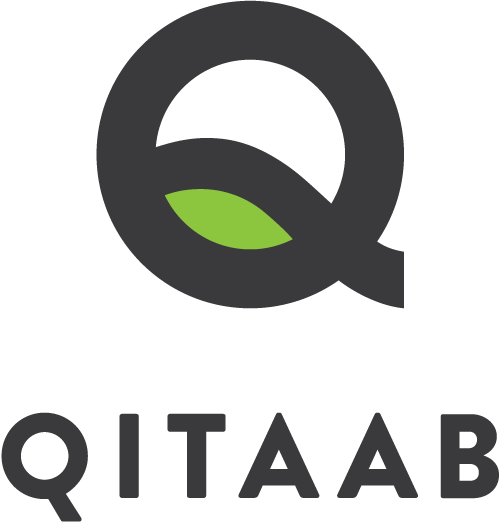What is Qitaab August 4, 2017 – Posted in: Qitaab – Tags: history, origin, origins, Qitaab, Qitaab Publishing LLP
The first book (in the traditional sense of a bound volume of pages) I ever designed was my own portfolio back in 2004, fresh out of design school. The book was bound as a series of printed spread stuck together entire pages at once. This is a terribly wasteful way to utilise paper, but does have the advantage seamless spreads through and through. The book happened at a time well before my typographic education, so you’d see a bunch of typefaces that really shouldn’t be together paired in strange ways, though, I did have some semblance of typographic sensitivity that saw me using only two typefaces through the entire book.
This portfolio got me my first job in Bombay, as a 3d modeller and animator, which had little or nothing to do with architecture, interiors or design (which is what I graduated as a student of). I eventually ended up diverting into communication and graphic design altogether after my masters and participated in my first publishing exercise in 2011, with a book called The Third Curve. The non-fiction book was an interesting design challenge, being in full colour, with black and white illustrations and graphs to boot. The book was designed print-first, after which it was turned into an eBook, while keeping it’s print quality in mind to produce a digital version that was as rich as the print version.
It was somewhere around this time that the seed for what is now Qitaab was sown. Technological advances in digital and offset printing has enabled anyone with something to say to publish their own book in whatever format their budgets or abilities would allow. Numerous other companies have appeared that cater to this niche and help out in the self publishing process.
At Qitaab, we aim to produce high quality books that are clear, readable and functional while also being aesthetically refined and well designed. The readability of a book can be a product of the brightness of the paper, its contrast with the ink printed on its surface and the typographic choice that defines the rhythm of the eyes of the reader while also being economical with the overall page count, because cutting down on the excessive use of paper is always a good thing.
Tablets and eReaders briefly effected the idea that print was on its way out, but this is seeing a reversal over recent times. eBook sales have slowed down over the past few years, and digitally fatigued eyes are turning back to the printed page. A large number of readers actually still prefer e-reading their books just by virtue of the fact that the devices compresses entire libraries into a device that could easily fit into a purse or a backpack. All the books we create at Qitaab are designed in both formats, print-first, and then digital.
Our first bookshop is entirely virtual, and with our logistics partner, we distribute to pretty much the entire country. If you’ve got a creative idea waiting to see the light of print and digital day, do get in touch with us via our Contact Us page, and we’ll help you work out ways to realise your vision.


1 Comment
M K Harris Abdulla September 04, 2019 - 23:22
That’s a lovely name . Qitaab.